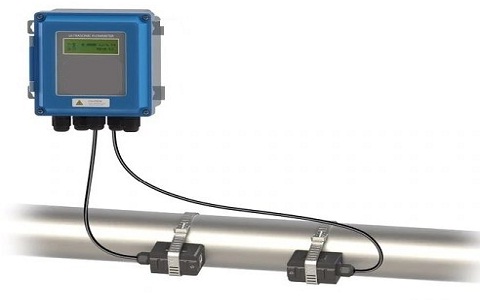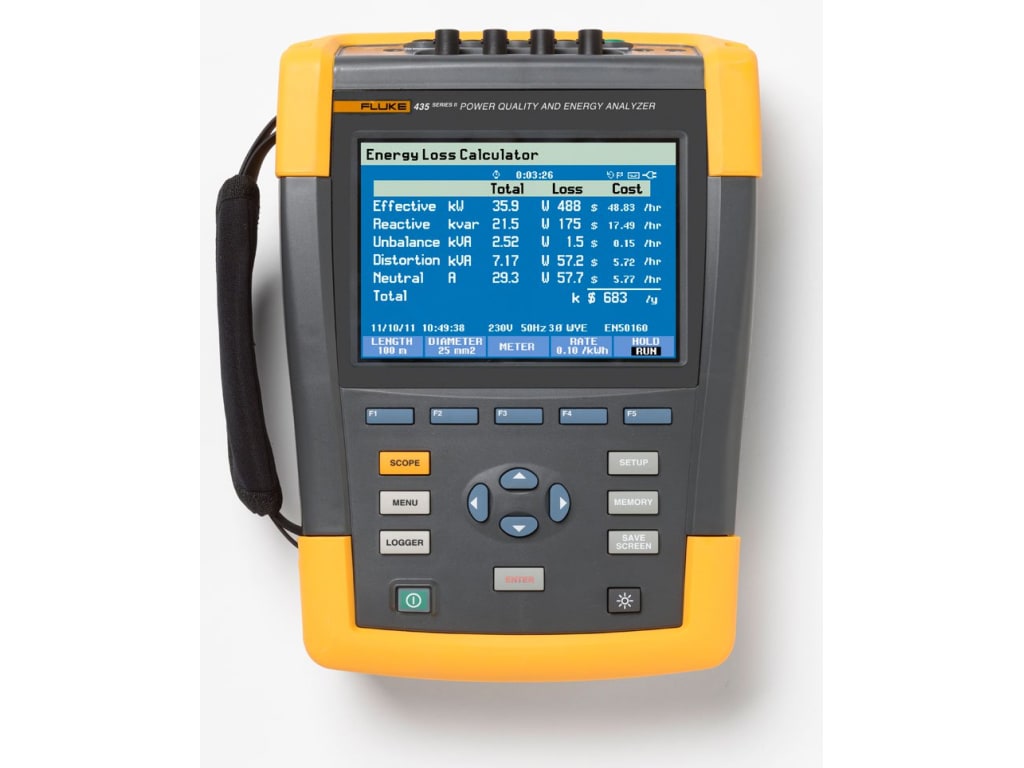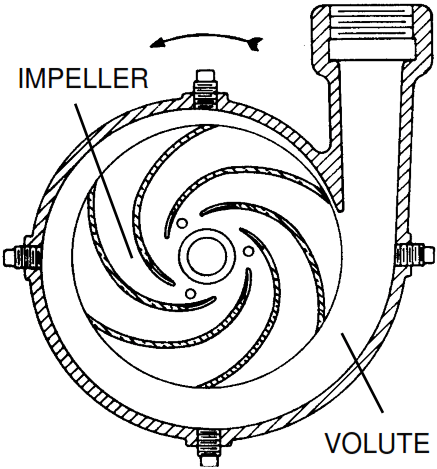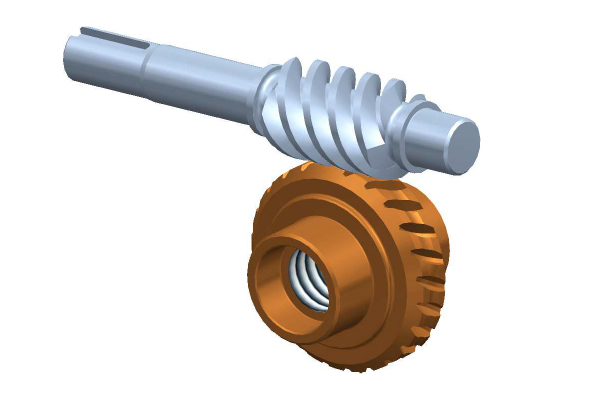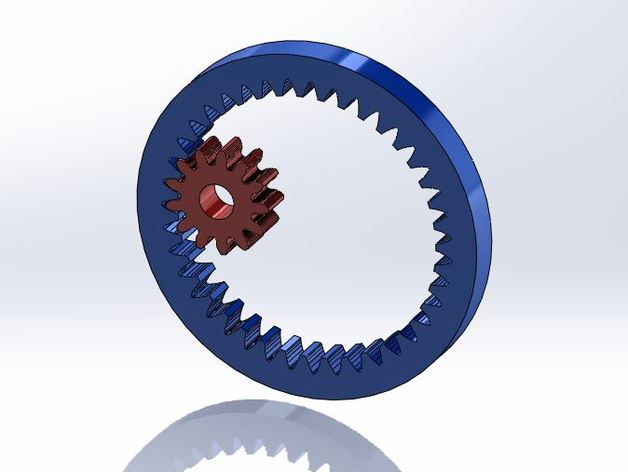हरिश्चंद्रगढ़ हिंदी ब्लॉग - एक अविस्मरणीय गढ़
हरिश्चंद्रगढ़ एक गढ़ है जो देखने में जितना खूबसूरत है उतना ही विश्वशनीय भी है। कोंकणकड़ा , कोंकणकडा से दिखने वाला इन्द्रध्वज, तारामती शिखर, तारामती शिखर से दिखने वाला सह्याद्रि और ऐसीही अनेक ख़ूबीआ। हरिश्चंद्रगढ़ अहमदनगर जिले के मालशेज घाट में स्थित एक बड़ी पहाड़ी है। और तारामती शिखर जिले की सबसे ऊँची चोटी है।
हरिश्चंद्रगढ़ का इतिहास वास्तव में सराहनीय है और यही कारण है कि गढ़ प्रेमी इस किले के बारे में हमेशा उत्सुक रहे हैं क्योंकि इसका इतिहास और भूगोल वास्तव में अद्भुत है।
हरिश्चंद्रगढ़ का इतिहास
कई अन्य किलों की तरह, यह किला आदिवासी समुदाय के पास था लेकिन बाद में इस किले पर मराठा और मुगलों का इतिहास भी दर्ज किया गया। कुछ स्थानीय लोगों का यह भी कहना है कि इस किले का उल्लेख मत्स्य पुराण और अग्नि पुराण में मिलता है। मुगलों ने आदिवासी कोली समुदाय से किले पर कब्जा करने के बाद, मराठों ने मुगलों से किले को जीत लिया और 1747 के आसपास इस पर कब्जा कर लिया। कृष्णजी शिंदे उस समय किल्लेदार थे।
हरिश्चंद्रगढ़ कैसे पहुंचे
चूंकि हरिश्चंद्रगढ़ बहुत बड़ा है, इसे पूरा करने में 1-2 दिन लगते । यहां पहुंचने के भी कई रास्ते हैं।
1। खिरेश्वर मार्ग से
चूंकि पुणे जिले से खिरेश्वर के लिए सड़क आसान है, ज्यादातर पर्वतारोही इस मार्ग का उपयोग करते हैं। मुंबई जुन्नार जैसी यह सड़क मालशेज घाट से होकर गुजरती है, आपको खुबी फाटा जाना है। यदि आप पुणे से जाते हैं, तो आप आलेंफाटा से जा सकते हैं और कल्याण से, अगर आप मुरबाड-मालशेज से जाते हैं, तो आप खुबी फाटा जा सकते हैं। खिरेश्वर गाँव, खुबी फाटे से 5 किमी की दूरी पर है। हरिश्चंद्रगढ़ के रास्ते में, खिरेश्वर गाँव में एक पुराना शिव मंदिर है, जिसे ग्यारहवीं शताब्दी का बताया जाता है। मंदिर के बाहर स्थित सबमांडप बहुत अच्छी तरह से बनाया गया है, भीतर के मंदिर के दरवाजे पर प्रभु विष्णु और उनके परिवार की सुंदर नक्शी है और पत्थर पर नरवाहन कुबेरूबेरी, मकरवाहन मकरती, मुशकवाहन गणेश जैसे कई नक्शीदार पत्थर पाए जाते हैं। इस गाँव से, दो भाग किले में जाते हैं। एक यह है कि तोलारखंडी से किले तक पहुंचने में लगभग 3 घंटे लगते हैं। दूसरा रास्ता राजदरवाजा की ओर जाता है, यह रास्ता पहले बहुत प्रसिद्ध (प्रचलित) था, यदि आप आज की घडी में जाना चाहते हैं, तो आपको मार्गदर्शक के साथ जाना चाहिए। अपने साथ पानी ले जाना न भूलें।
२। पाचनई के मार्ग से
हरिश्चंद्रगढ़ पहुँचने का सबसे आसान तरीका पाचनई से होकर जाना है। मुंबई-नासिक रोड पर घोटी गांव में उतरें। वहां से राजूर गांव चले जाये। आप राजूर गांव से किले तक दो तरह से पहुँच सकते हैं। आपको राजुर से पचनई जाना है, आप बस से राजूर से पचनई जा सकते हैं। पचनई, हरिश्चंद्रगढ़ का प्रारंभिक स्थान है। इसमें २.३० से ३.०० घंटे लगते हैं। पचनाई से हरिश्चंद्रेश्वर मंदिर लगभग 4-5 किमी दूर है।
३। नळीची वाट
नळीची वाट हरिश्चंद्रगढ़ का सबसे कठिन मार्ग है। यहाँ से पहुँचने के लिए, कोंकणकाड की तलहटी में बेलपाड़ा गाँव जाना पड़ता है। इस मार्ग को केवल तभी लिया जाना चाहिए जब चट्टान चढ़ाई ( rock climbing ) आ रही है, अन्यथा यह नहीं किया जाना चाहिए। इस तरह से ट्रेक करने में लगभग 10-12 घंटे लगते हैं।
हरिश्चंद्रगढ़ पे देखने जैसे स्थान
1। हरिश्चंद्रेश्वर का मंदिर
हरिश्चंद्रेश्वर का मंदिर इस किले का केंद्र बिंदु है। इस मंदिर की औसत ऊँचाई 15-16 मीटर हे। इस मंदिर के सामने एक पत्थर का पुल है जिसके नीचे नदी बहती है। यह नदी तारामती शिखर से बहती हे। स्थानीय लोग इसे मंगलगंगा का स्रोत कहते हैं। वही नदी गाँव से होकर बहती है। मंदिर के चारों ओर कई गुफाएँ हैं। इनमें से कुछ गुफाओं में पानी है। यह पानी बहुत मीठा होने के साथ साथ बहुत ठंडा भी हे।
२। केदारेश्वर की गुफा
हरिश्चंद्रगढ़ की यात्रा में देखने जैसा एक और स्थान केदारेश्वर गुफा है। इस गुफा में एक बड़ा शिवलिंग है। और यह गुफा चार स्तम्भ पर खड़ी है, जिसमें से तीन स्तम्भ गिर चुके हैं और केवल एक स्तम्भ बरकरार है। कहा जाता है कि ये चार स्तंभ चार युग हैं, अर्थात् सतयुग, त्रेतायुग, द्वापरयुग और कलियुग। तीन स्तम्भ गिर गए हैं इसलिए तीन युग समाप्त हो गए हे, जब चौथा स्तम्भ गिर जाएगा तो कलियुग भी समाप्त हो जाएगा। इस गुफा में कमर तक गहरा पानी है, और यह पानी बहुत ठंडा है।
३। कोंकणकाड़ा
हरिश्चंद्रगढ़ पर सबसे बड़ा आकर्षण कोंकणकड़ा है।कोंकणडा लगभग आधा किमी परिधि और अर्ध-वृत्ताकार आकार मे हे। यहासे पूरी सुंदरता केवल इसके कोने (edge) पर सोने से अनुभव की जा सकती है (और सबसे महत्वपूर्ण बात यह ध्यान रखकर)। कोंकणकडा की ऊंचाई बेस से लगभग ४५०० फीट है। महाराष्ट्र में सबसे ऊँचा यह कोंकणकड़ा सभी को मोहित करता है। आप इस कोंकणकडा से इन्द्रध्वज भी देख सकते हैं। आप इस कड़ा से प्रकृति की सुंदरता भी देख सकते हैं।
४। तारामती शिखर
तारामती शिखर किले का सबसे उँचा शिखर है, जिसकी ऊँचाई लगभग ४८०० से ४९०० फीट है। इस शिखर में सात गुफाएँ हैं। एक गुफा में, भगवान गणेश की एक सुंदर और शानदार मूर्ति है जो लगभग ८ से ८.५० फीट ऊंची है। यहाँ से आगे हम तारामती शिखर पर जाते हैं। तारामती शिखर से आप नानेघाट, जीवधन, रतनगढ़, कालसुबाई, अज़ोबा पर्वत, हडसर, भैरवगढ़ देख सकते हैं। तारामती के शीर्ष पर भी २-३ शिवलिंग हैं।
हरिश्चंद्रगढ़ के बारे में अधिक जानकारी
हरिश्चंद्रगढ़ ट्रेक का स्तर - मध्यम
क्षेत्र - मालशेज
शीर्ष पर पहुंचने का समय - खिरेश्वर के माध्यम से 4 घंटे, पचनेई से 3 घंटे, पाइप के माध्यम से 8-12 घंटे
अवधि - 2 दिन
हरिश्चंद्रगढ़ की ऊँचाई - लगभग ४०००-४५०० फीट
निकटतम रेलवे स्टेशन - कसारा
निष्कर्ष
हरिश्चंद्रगढ़ ट्रेकिंग ब्लॉग में हमने हरिश्चंद्रगढ़ के बारे में अधिक से अधिक जानकारी प्रदान करने का एक छोटा सा प्रयास किया है, हमें उम्मीद है कि आपको यह ब्लॉग अच्छा लगा होगा। यदि आपके पास कोई टिप्पणी या कोई अन्य जानकारी है, तो आप टिप्पणी बॉक्स में लिख सकते हैं या हमें नीचे मेल आईडी में बता सकते हैं।
info.mechtrekk@gmail.com



